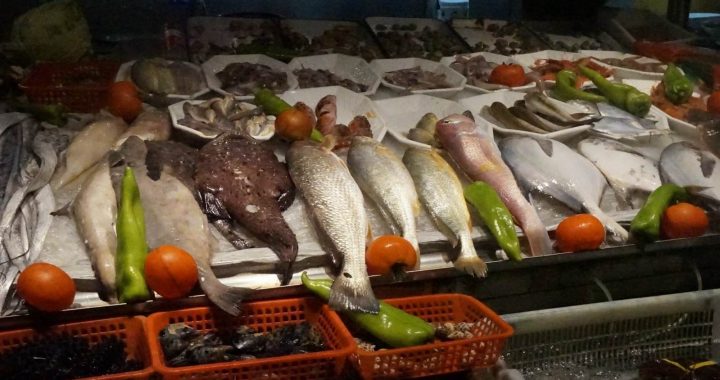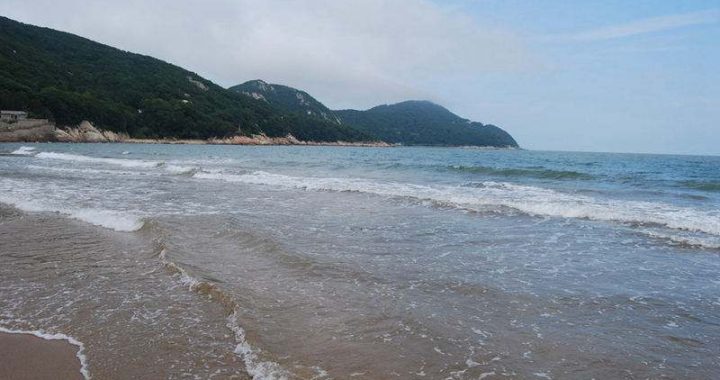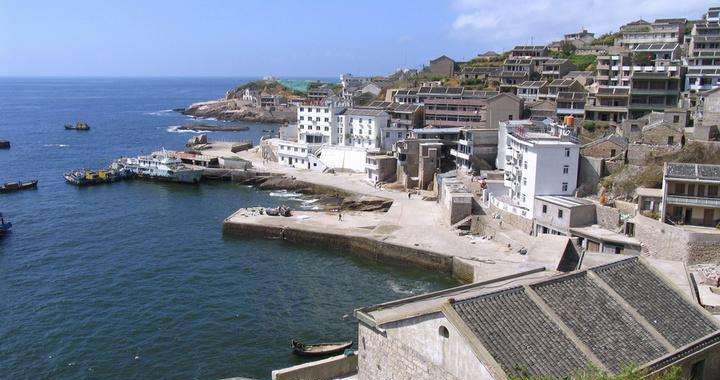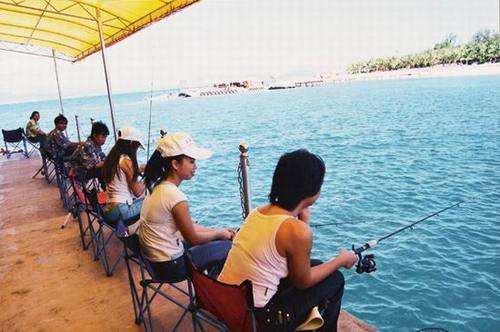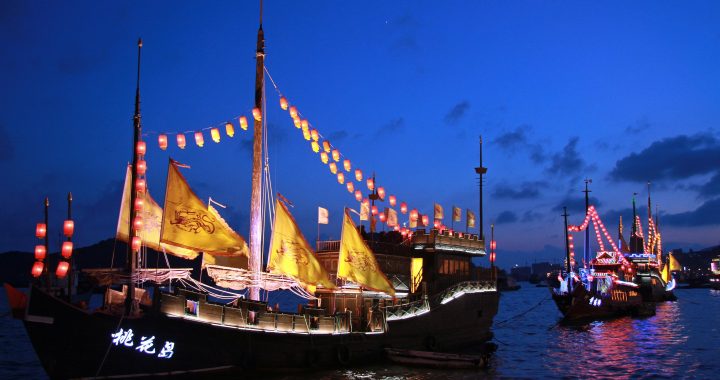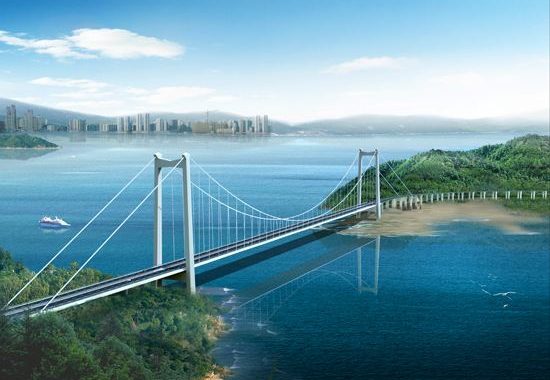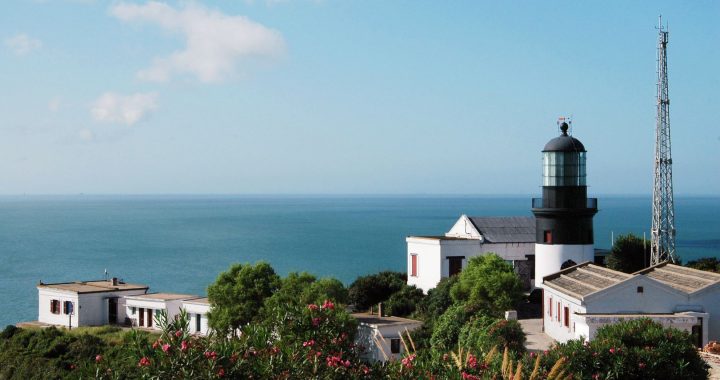The Garden on the Sea
3 min readDinghai is the birthplace of some of Zhoushan’s finest-quality art and culture.
Nestled between the life-giving ocean and rolling hills,the idyllic landscape provides endless inspiration to those whose prescence graces the land.Keeping i mind its historical roots while embracing the future,Dinghai’s projects are unfolding on a grand scale.
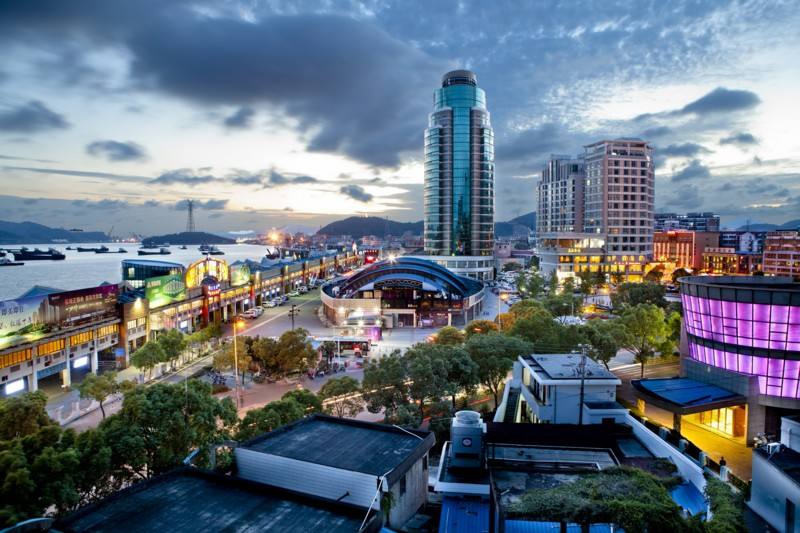
In the Deep
rmhe”ocean”has long been a needle in the heart of China evoking memories too I bitter to recall,but at the same time is a crucial force at the core that empowers the rise of the’Oriental Dragon’on the seafaring stage of modern times.
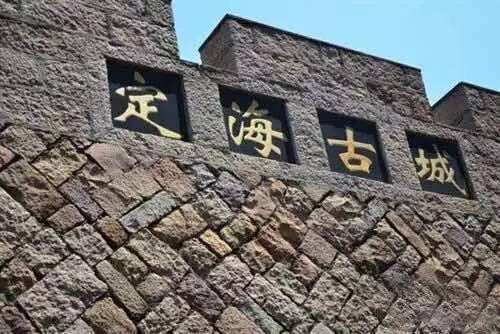
Throughout history sailing has been instrumental in the development of civilization affording humanity greater mobility than travel over land, whether for trade, transport or warfare, and the capacity for fi shing. China’s multi-mast sailing junks were carrying over 200 people as early as 200 AD and by the medieval period were exceptionally massive. It is believed that an engineer in ancient China invented the south-pointing chariot,a wheeled device employing a differential gear that allowed a fi xed fi gurine to point always in the southern cardinal direction.
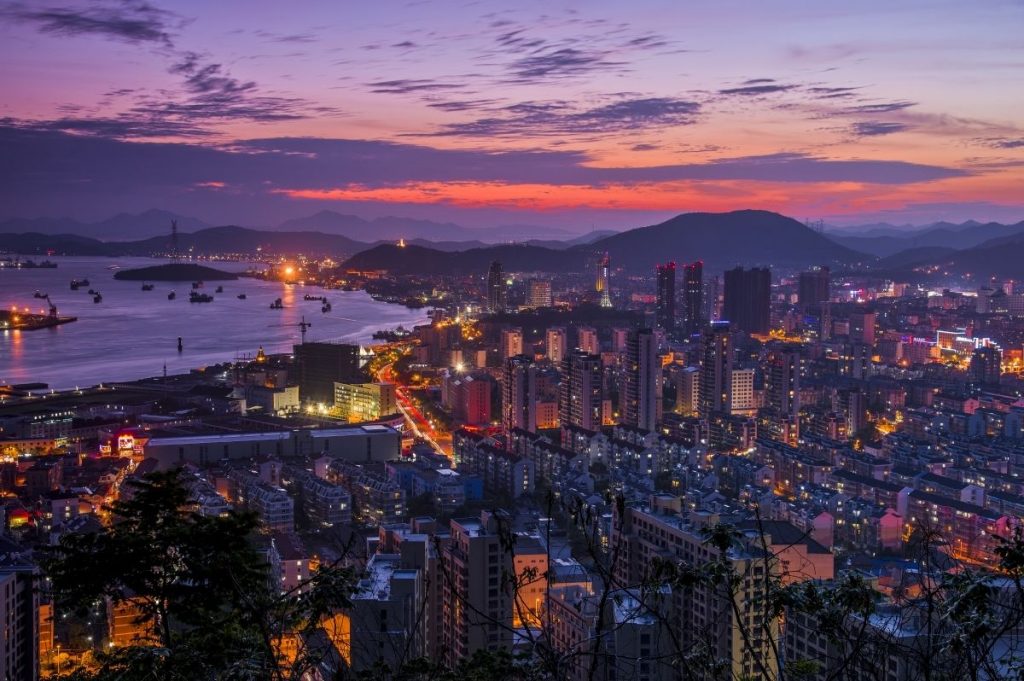
It was not until around 1300 AD that the pivot-needle dry-box compass was invented in Europe. There was also the addition of the compass-card in Europe, which was later adopted by the Chinese through contact with Japanese pirates in the 16th century.
China’s Ming Dynasty saw a turning point in the aptitude of countries across the world to utilize the sea. The Chinese mariners had left their western counterparts too far behind to catch up in shipbuilding and the exploration of the sea before the oceanic apocalypse’ fell upon Europe. However, the Age of Discovery saw European ships travel around the world to search for new trading routes and partners from “the East Indies”to feed burgeoning capitalism in Europe. In the process, Europeans encountered peoples and mapped lands previously unknown to them.

Dinghai is a credible witness of how China’s dominance of the world’s maritime genome was lost to the Europeans in a hungry pursuit of gold, silver, tea, porcelainand spices. The maritime power of Dinghai reached its peak in the Song period, when it played a pivotal role on the “Silk Road on the sea”. Such an outstanding position in the world’s seaborne trade also put Dinghai at the teeth of the storm in times of warfare.
The Opium War period saw Dinghai fall into the talons of the British troops twice.
At that time, Zhoushan was a well known port of call for western traders while HonKong was still only a fi shing village dismissed by the British Foreign SecretaryPalmerston as “a barren island with hardly a house on it”. Palmerston was famously livid when he learned that Captain Charles Elliot agreed to the cession of Hong Kong while giving up Zhoushan.

During the clashes,a rainy day in September 1841 witnessed the heroic death of “thethree garrison commanders”in the defense of Xiaofengling and Zhushanmen in Dinghai.
The brave hearts of the three men are still beating in the subconscious of all Dinghai people bracing up for a new battle on the sea.

